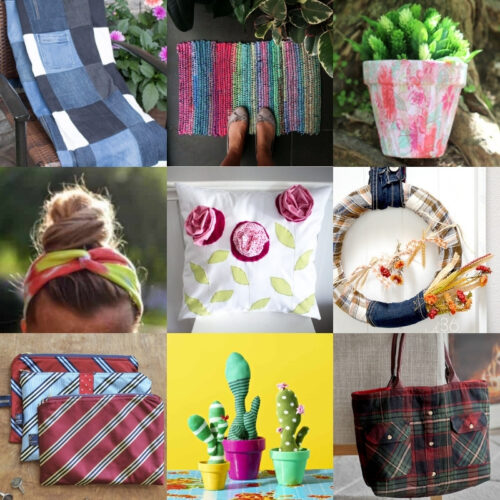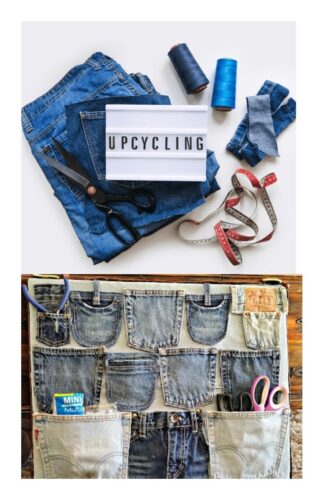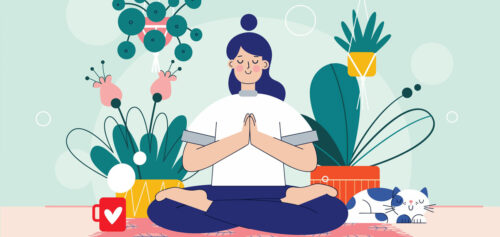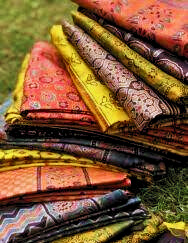Upcycling: Waste to Value
“Creativity is the catalyst that transforms discarded into extraordinary, and upcycling is the canvas where waste becomes a masterpiece.”

Introduction: Embracing the Art of Upcycling
In a world that generates copious amounts of waste, finding creative solutions to reduce our environmental impact is crucial. Upcycling, a practice that has gained significant momentum in recent years, offers a sustainable and innovative approach to waste management. By repurposing discarded materials and transforming them into unique creations, upcycling not only helps divert waste from landfills but also encourages creativity and resourcefulness. This article delves into the concept of upcycling, explores its benefits, and provides practical ideas for incorporating upcycling into various aspects of our lives.
Understanding the Concept of Upcycling
Upcycling: Waste to Value is the process of taking unwanted or waste materials and turning them into products of higher value or quality. Unlike recycling, which breaks down materials to create new products, upcycling aims to breathe new life into existing items without degrading their quality. It involves using creativity, craftsmanship, and ingenuity to reimagine objects and give them a new purpose. Upcycling embraces the philosophy of sustainability by reducing waste, conserving resources, and fostering a circular economy.
Benefits of Upcycling
Upcycling offers a multitude of benefits that extend beyond environmental considerations. Here are some key advantages:
- Waste Reduction: Upcycling helps divert waste from landfills, reducing the strain on our environment and conserving valuable resources.
- Creativity and Self-Expression: Upcycling allows individuals to showcase their creativity, enabling them to express their unique style and personality through innovative designs.
- Cost Savings: By upcycling existing materials, individuals can save money by repurposing items they already have or acquiring inexpensive materials from thrift stores, garage sales, or online platforms.
- One-of-a-Kind Creations: Upcycled products are inherently unique since they are crafted from a diverse range of materials, resulting in one-of-a-kind pieces that add character and individuality to spaces and wardrobes.
Upcycling Ideas for Home Decor
Transforming your living space through upcycling is a fantastic way to add a personal touch and create a sustainable environment. Here are a few inspiring ideas for upcycling in home decor:
- Wine Cork Bulletin Board: Turn wine corks into a stylish and functional bulletin board for organizing notes, photos, and reminders.
- Vintage Suitcase Table: Repurpose an old suitcase into a vintage-inspired coffee table, providing a unique focal point in your living room.
- Mason Jar Herb Garden: Convert mason jars into a vertical herb garden by attaching them to a wooden pallet or hanging them individually.
- Upcycled Bookshelf: Use old wooden crates or repurposed ladders to create a charming and functional bookshelf.
Upcycled Fashion: Style with a Sustainable Twist
The fashion industry is notorious for its environmental impact, but upcycling offers a sustainable solution without compromising on style. Here are some upcycled fashion ideas:
- Denim Patchwork Bag: Transform old jeans into a trendy patchwork bag, adding a unique and eco-friendly accessory to your wardrobe.
- T-Shirt Tote Bag: Repurpose old t-shirts into fashionable and reusable tote bags, reducing the need for single-use plastic bags.
- Sweater Sleeve Leg Warmers: Give worn-out sweaters a new life by creating cozy leg warmers that add warmth and style to your winter outfits.
- Statement Jewelry from Scraps: Craft eye-catching jewelry pieces from leftover fabric, broken accessories, or discarded trinkets.

Upcycling in the Garden: Reimagining Outdoor Spaces
Upcycling can extend to the great outdoors, allowing you to revitalize your garden while minimizing waste. Consider these upcycling ideas for your garden:
- Pallet Planter: Convert wooden pallets into vertical planters, optimizing space and adding a touch of rustic charm to your garden.
- Upcycled Birdhouses: Repurpose old teapots, birdcages, or tin cans into unique birdhouses, creating a welcoming environment for feathered friends.
- Tyre Planters: Turn discarded tires into colorful planters by painting them and filling them with vibrant flowers or herbs.
- DIY Rain Barrel: Reuse large plastic barrels to collect rainwater, reducing water consumption and promoting sustainable gardening practices.
Upcycling for Kids: Fun Projects and Playful Solutions
Introducing Upcycling: Waste to Value, to children not only fosters their creativity but also teaches them the importance of sustainability from an early age. Here are some engaging upcycling projects for kids:
- Cardboard Castle: Transform cardboard boxes into a magical castle playhouse, providing hours of imaginative play for children.
- Bottle Cap Mosaics: Create colorful mosaics using bottle caps, allowing kids to explore their artistic skills while repurposing materials.
- Tin Can Wind Chimes: Repurpose tin cans by transforming them into delightful wind chimes that add a whimsical touch to outdoor spaces.
- Upcycled Toy Storage: Use repurposed crates or old suitcases to create stylish and functional storage solutions for toys and games.
Upcycling and its Positive Impact on the Environment
Upcycling plays a vital role in environmental conservation. By reducing waste, upcycling minimizes the need for resource-intensive production processes and reduces pollution associated with manufacturing. Additionally, upcycling extends the lifespan of materials, delaying their journey to landfills and mitigating the demand for new resources. By adopting upcycling practices, we contribute to a more sustainable and eco-conscious future.
Tips for Successful Upcycling Projects
To ensure successful upcycling endeavors, consider the following tips:
- Plan Ahead:Visualize your desired outcome and gather necessary materials before beginning your upcycling project.
- Embrace Imperfections: Upcycled creations often possess unique characteristics, so embrace imperfections as part of their charm.
- Seek Inspiration: Explore online platforms, social media, and upcycling communities for inspiration and ideas.
- Learn New Skills: Take the opportunity to learn new crafting techniques and skills that enhance your upcycling capabilities.
Challenges and Solutions in Upcycling
While Upcycling: Waste to Value presents exciting opportunities, it is not without its challenges. Common obstacles include limited availability of suitable materials, time constraints, and the need for specialized tools. Overcoming these challenges requires resourcefulness, flexibility, and a willingness to adapt. Engaging with local communities, sharing resources, and exploring alternative sources of materials can help overcome these obstacles and foster a vibrant upcycling culture.
Inspiring Upcycling Success Stories
Throughout the world, individuals and organizations have embraced upcycling, transforming waste into extraordinary creations. These success stories inspire and motivate others to embark on their own upcycling journeys. From artists repurposing discarded materials into stunning sculptures to communities turning trash into functional furniture, these stories demonstrate the power of upcycling in driving positive change and inspiring innovation.
The Future of Upcycling: Driving Sustainable Change
As sustainability becomes an increasingly important global concern, the future of Upcycling: Waste to Value looks promising. Its potential lies not only in waste reduction but also in shaping a more mindful and responsible society. With continued awareness, support, and collaboration, upcycling can become a mainstream practice, revolutionizing the way we view waste and encouraging a shift towards a circular economy. Together, we can create a brighter and more sustainable future through the power of upcycling.
Conclusion
Upcycling offers a creative and sustainable approach to waste management, allowing us to transform discarded materials into valuable and unique creations. By embracing upcycling in various aspects of our lives, such as home decor, fashion, gardening, and children’s projects, we can contribute to a more sustainable future while showcasing our creativity. Let’s harness the power of upcycling and redefine the potential of waste, one innovative creation at a time.
FAQs (Frequently Asked Questions)
Q1: Is upcycling the same as recycling?
A1: No, upcycling differs from recycling. While recycling breaks down materials to create new products, upcycling repurposes existing items without degrading their quality.
Q2: Can anyone engage in upcycling projects, or is it limited to skilled craftsmen?
A2: Upcycling is for everyone! You don’t need to be a skilled craftsman to engage in upcycling projects. It’s all about creativity and resourcefulness.
Q3: Where can I find materials for upcycling projects?
A3: Materials for upcycling can be found in various places, such as thrift stores, flea markets, online platforms, or even within your own home. Look for discarded items with potential.
Q4: Can upcycled products be sold or gifted?
A4: Absolutely! Upcycled products make excellent gifts or can be sold through platforms that promote sustainable and handmade goods.
Q5: How can upcycling contribute to a more sustainable future?
A5: Upcycling reduces waste, conserves resources, and promotes a circular economy. By upcycling, we can minimize our environmental impact and encourage responsible consumption.




